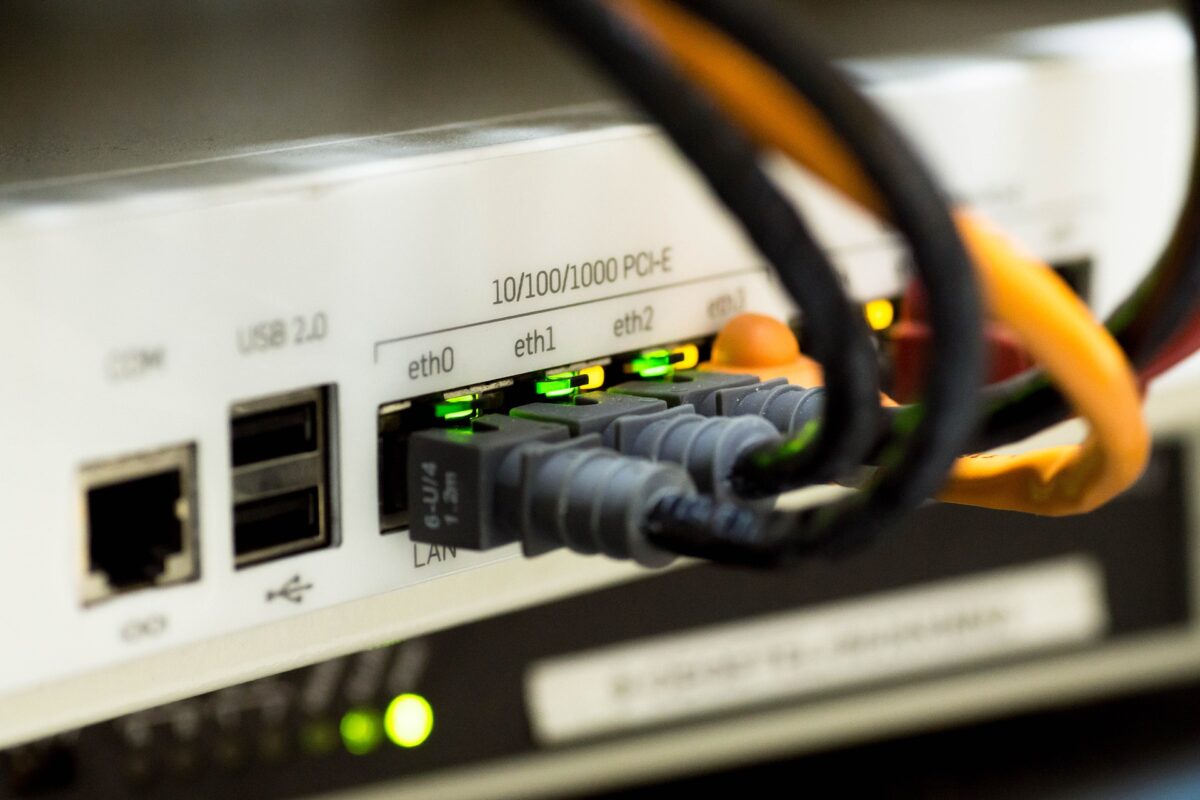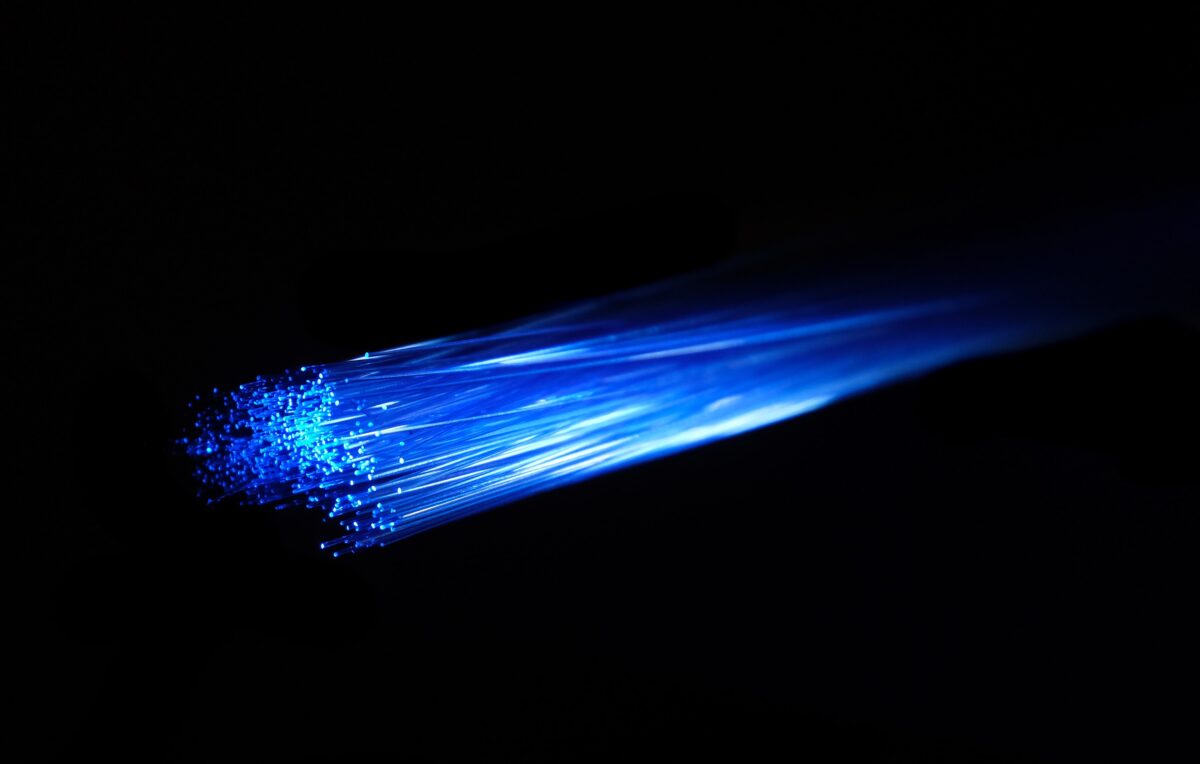An IP (Internet Protocol) Address is a series of digits that we allocate to any device that connects to the Internet. We also assign IP Addresses to websites to be able to access them. It is used in the layer 3 (Network) of the OSI Model.Routers, for example, use IP Addresses to forward traffic between […]



